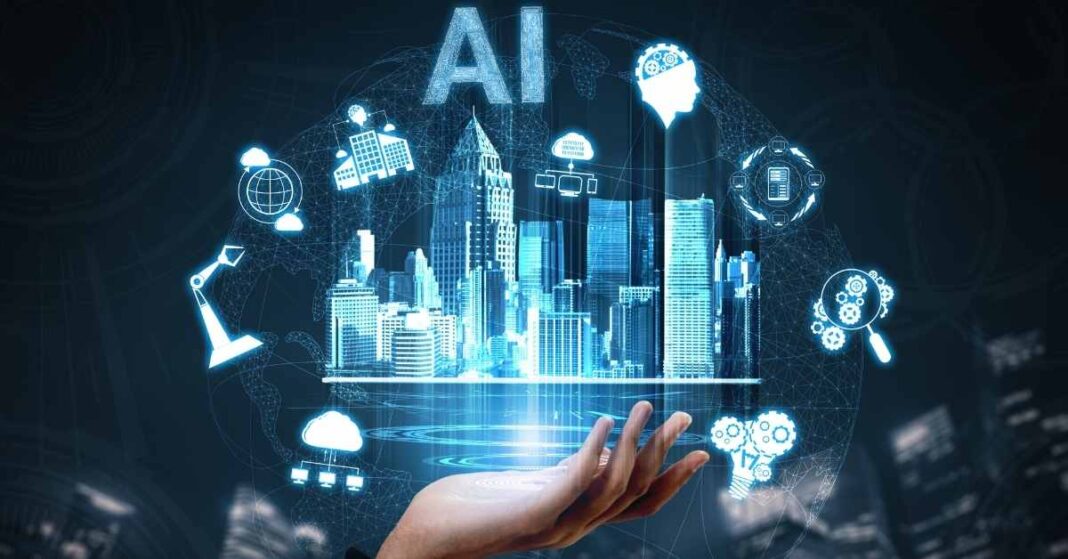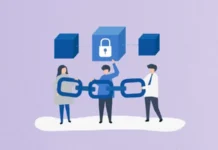Currently, marketing professionals optimize customer loyalty, prioritize personalization more and more, and take advantage of artificial intelligence’s tremendous scope and power. These professionals have more data on consumers today than in the past; now, the next step is to know how to interpret them to obtain the most accurate information possible about the customers in question and, likewise, achieve their loyalty. Marketers have recently seen notable and relevant changes in their sector.
One of them is the large amount of data they have access to and the possibilities their proper use offers brands and companies. On the other hand, customers also have more options to access information and more offers at their fingertips, so more strategies and precision are needed to attract and retain them effectively.
Artificial Intelligence at the Marketing Service
Thanks to AI (artificial intelligence), we can understand consumer behaviour fully, interpret their actual needs, and make real-time decisions. Touching on this topic, an area where its application is already totally unstoppable is the marketing world; the advantages are more than apparent, and it is time to decide how and where it is implemented in each organization. The techniques that companies of any size can execute are grouped into three depending on whether techniques are applied:
Machine Learning: They learn from historical data sets and develop propensity models.
Propensity models: They predict future events, for example, the scoring of a lead based on their probabilities of successful conversion.
Artificial intelligence applications: Usually carry out tasks by a human operator, such as answering a customer question or generating new content.
Customer Attraction Phase
In this phase, the AI models aim to attract users to our site and provide relevant and attractive experiences to those who arrive correctly.
This is achieved in various ways, for example, through content generation: CrewMachine; is a platform with AI capable of determining gaps in the contents of an e-commerce site (product descriptions, keywords, style guides, category pages) and, in this way, being able to automatically suggest the content where it is missing so that, can be prioritized and configured.
On the other hand, various tools allow you to define templates in a straightforward way to develop paragraphs and sentences and, from them, develop valuable content in a fully automated way.
To mention some of these tools, we will talk about Wordsmith, which in 2016 produced around one and a half million pieces. Several companies use it to inform their customers about their energy consumption and mention some energy-saving alternatives.
Action phase
In this phase, propensity models develop predictions about what the customer or lead is like, how they might behave, and which of our services or products can be tailored to meet their needs better or completely.
At this point, we can apply Predictive Analysis, which consists of data, machine learning techniques and statistical algorithms to identify the probabilities of future results based on historical data. The more accurate the data given to the model, the better it will be.
Regression analysis in its various forms is the primary tool used by companies for predictive analytics. The most common models include predicting user behaviour and preferences, repeat church propensity, conversion probability, following the sale, or cross-selling. Large companies such as Netflix or Amazon are the explicit reference in this field.
Conversion phase, where you get customers This phase is exceptional because it is where we convert leads into customers by applying different personalization and recommendation techniques. At this point, the use of ChatBots begins to develop, which are beginning to replace functionalities that, to date, could be covered by Apps.
The strong and constant growth in their use is attributed to the greater use of messaging applications. by users. This AI can interpret customer queries, complete orders, provide information, and so on. Finally, the bonding phase. At this point, artificial intelligence allows us to develop greater loyalty and engagement with our customers.
For example, through Customer Service, models can be created that characterize customers with a greater propensity to drop to act quickly and activate alarms that help retain them as soon as they can be identified.
Until not long ago, it was no secret that a limitation in computing capacity did not allow Artificial Intelligence to obtain and offer better results within the problems in which it was applied, which produced various historical periods of discontent in the industry. And a notable decrease in interest in this technology and the number of researchers dedicated to it.
However, in recent years, AI has been gaining a much more significant boost, solving computer problems that were previously considered impossible and reaching levels that could not reach before.
With all this, there is no doubt that artificial intelligence has marked a before and after for companies and our lives in all areas.
This technology’s power and scope allow us to reach many more leads and achieve better and more effective loyalty with new customers.














